When you swap four wheels for two, urban exploration takes on a completely different dimension. There’s something magical about feeling the pulse of a city as you glide through its streets, seeing sights that car-bound tourists simply miss.
Here is a list of 20 cities around the globe where biking isn’t just a transportation option—it’s arguably the best way to experience everything these destinations offer.
Copenhagen, Denmark
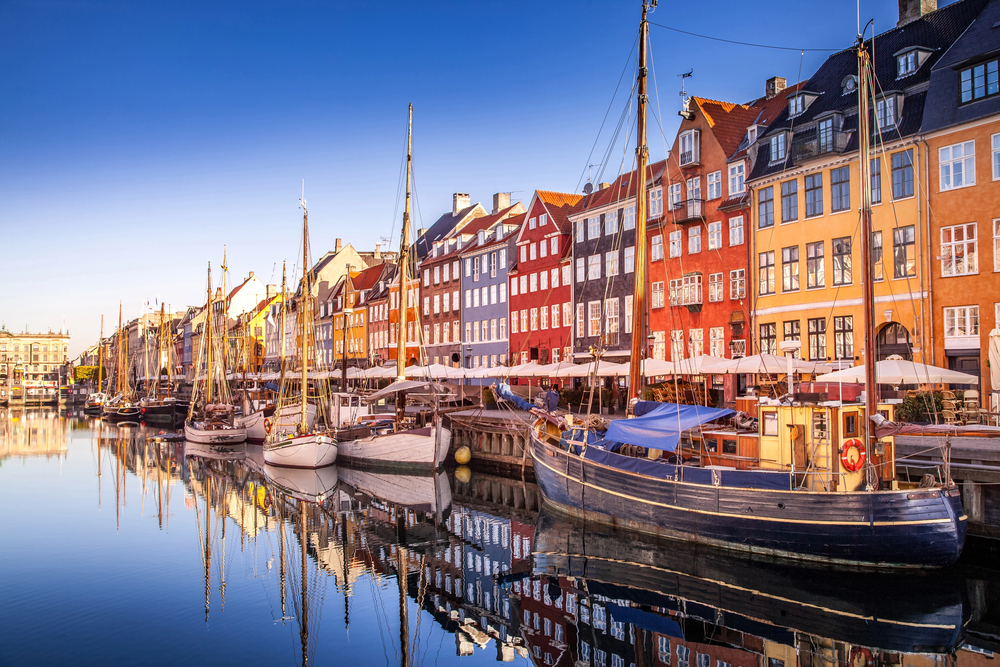
The Danish capital consistently ranks among the world’s most cycle-friendly cities, with bike lanes that command more respect than car lanes in other places. The city’s infrastructure includes the famous Cykelslangen (Bicycle Snake), an elevated bike bridge that winds above the harbor.
Locals use their bikes for everything from commuting to grocery shopping, regardless of weather conditions. Copenhagen’s flat terrain makes it particularly accessible for casual riders, while the compact city center means most attractions are just a short pedal away.
Amsterdam, Netherlands
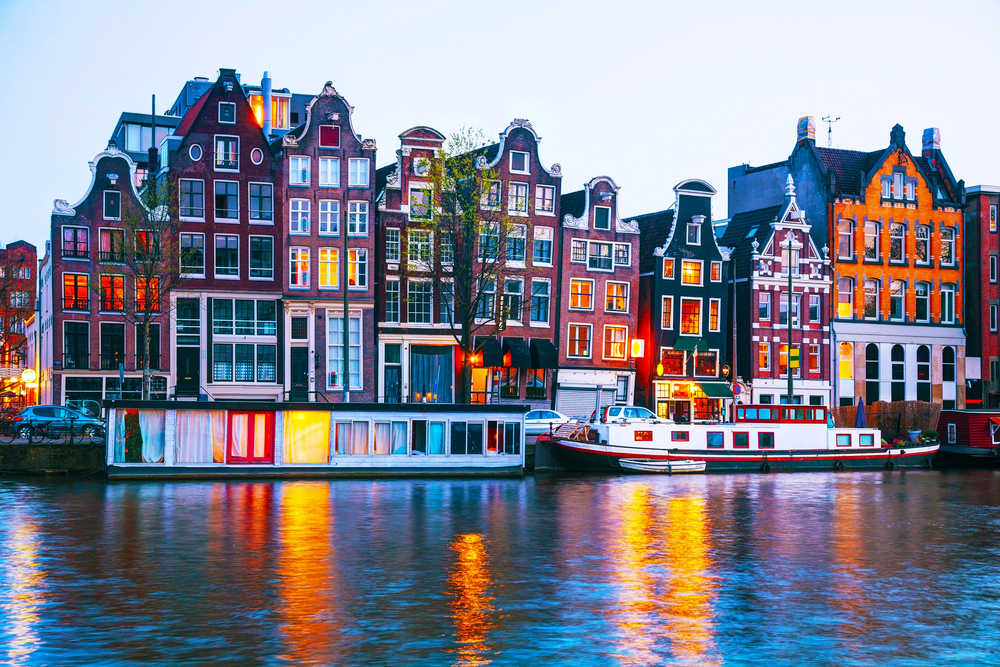
No list of bike-friendly cities would be complete without Amsterdam. With more bicycles than people, the Dutch capital has nearly 800 miles of dedicated cycling infrastructure. The picturesque canals create a storybook backdrop as you pedal along the narrow streets.
Most locals use their bikes daily, making the cycling culture deeply ingrained in Amsterdam’s identity. The city’s compact layout and flat landscape create ideal conditions for exploration, connecting all the major museums, markets, and historical sites via two wheels.
Like Travel Pug’s content? Follow us on MSN.
Kyoto, Japan
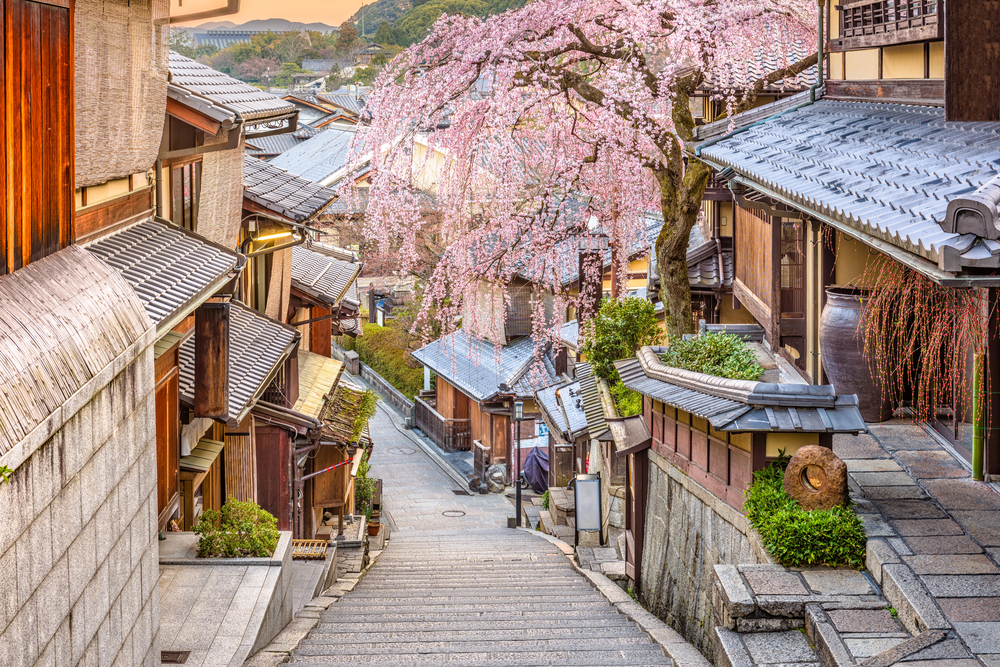
Kyoto’s grid-like layout and relatively flat terrain make it ideal for bike exploration. The ancient Japanese capital reveals its treasures beautifully at a cycling speed. Narrow alleys connect temples and shrines, with many scenic paths alongside the Kamo River.
The city’s orderly traffic and measured pace create an atmosphere where cyclists feel welcome. Biking allows visitors to see more of Kyoto’s 1,600 Buddhist temples and 400 Shinto shrines in a single day than would ever be possible on foot.
Utrecht, Netherlands
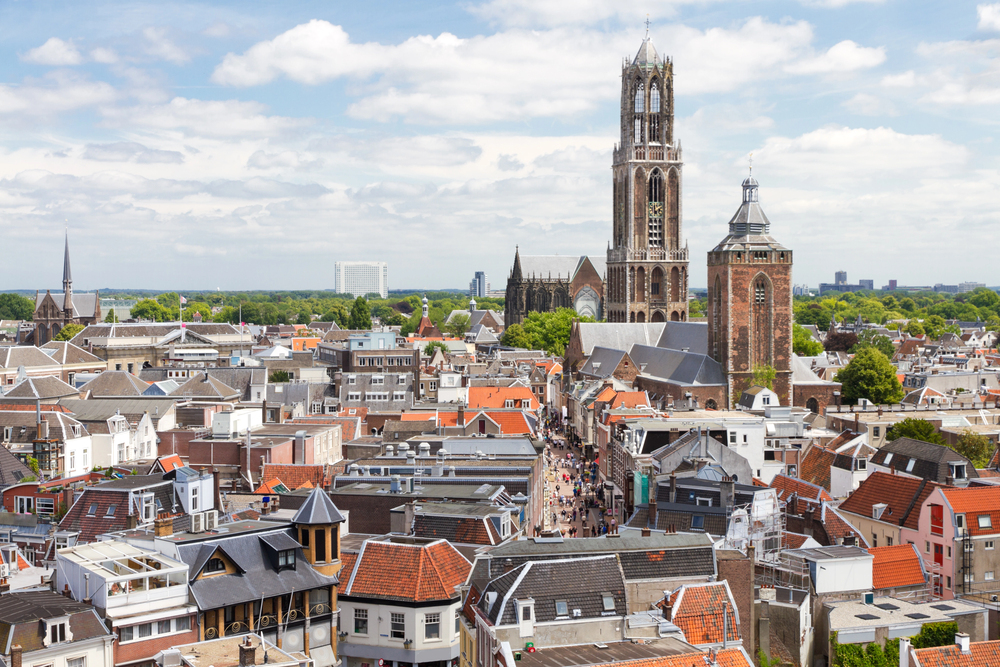
Often overshadowed by Amsterdam, Utrecht offers a more relaxed cycling experience with equally impressive infrastructure. The city boasts the world’s largest bicycle parking facility, with space for over 12,500 bikes near its central station. Utrecht’s medieval center features narrow streets ideal for cycling but less congested than its famous neighbor.
The city consistently tops global cycling indexes, with more than half of its residents using bikes daily. The picturesque canals with unique wharf cellars create a stunning backdrop for riding adventures.
Portland, Oregon, USA
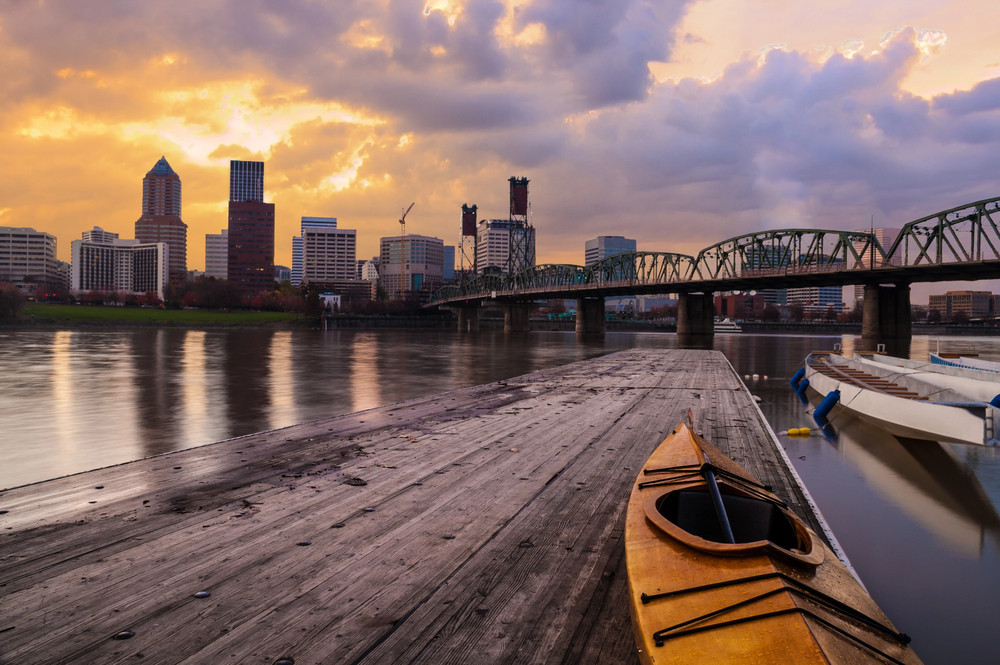
Portland has embraced cycling culture like few other American cities. Its extensive network of bike lanes, bike-friendly cafés, and regular cycling events has earned it platinum status from the League of American Bicyclists. The city’s dedicated Biketown bike-share program offers thousands of reasonably priced bikes.
Portland combines urban cycling with nature, as many trails connect to Forest Park, one of America’s largest urban forests. The flat east side offers easy riding, while the west side provides more challenging hills with rewarding views.
Like Travel Pug’s content? Follow us on MSN.
Strasbourg, France
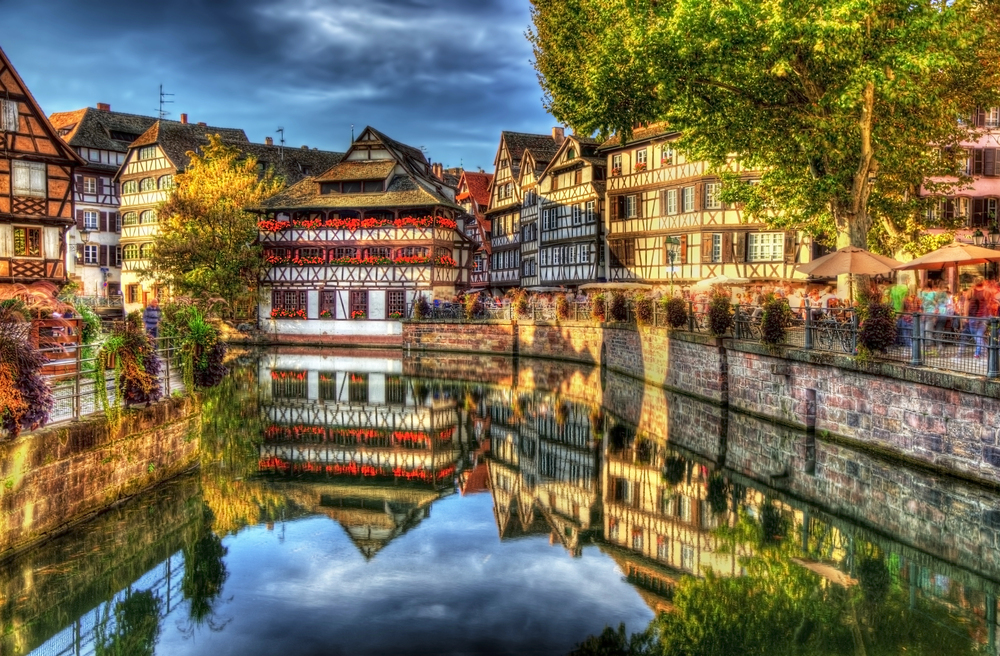
Often called the bicycle capital of France, Strasbourg offers over 370 miles of cycling paths throughout the city and the surrounding countryside. The city’s historic center, Grande Île, is a UNESCO World Heritage site best experienced at the unhurried pace of a bicycle.
Strasbourg connects to an extensive network of cycling routes extending into the vineyards of Alsace. The bike-sharing system makes it easy for visitors to hop on and off as they explore the city’s distinctive Franco-German architecture and culture.
Malmö, Sweden
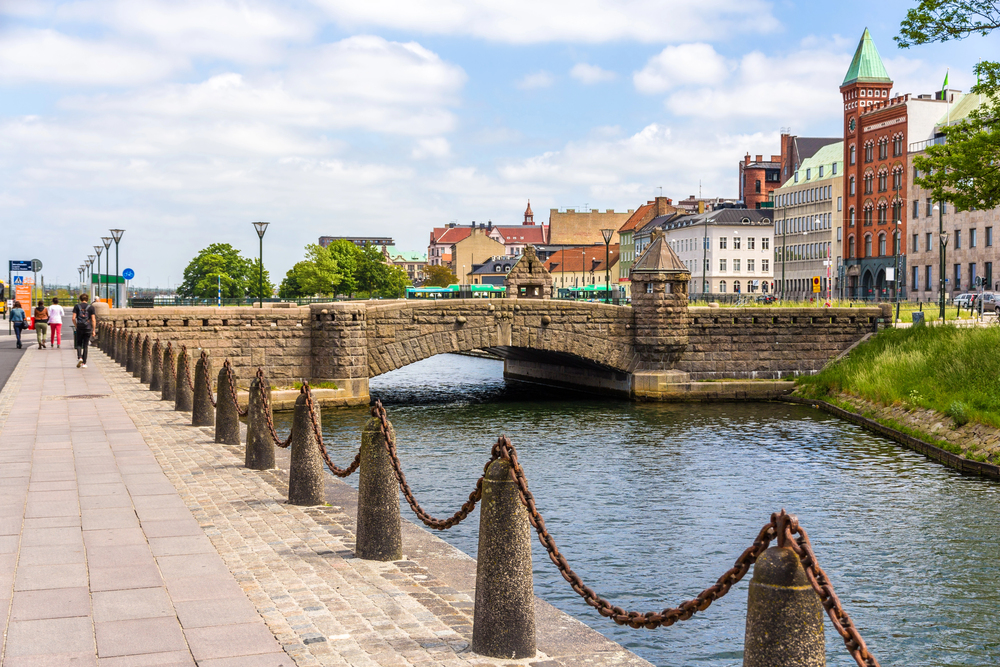
This coastal Swedish city has transformed itself into a cycling haven with more than 300 miles of bike paths. The city’s compact size means you can cross the entire urban area in about 30 minutes by bike. Malmö’s commitment to sustainability includes bicycle highways connecting suburbs to the center.
The flat terrain makes for effortless riding, while the mild climate offers comfortable cycling most of the year. The Western Harbor area showcases modern sustainable architecture, best appreciated at a cycling pace.
Montreal, Canada
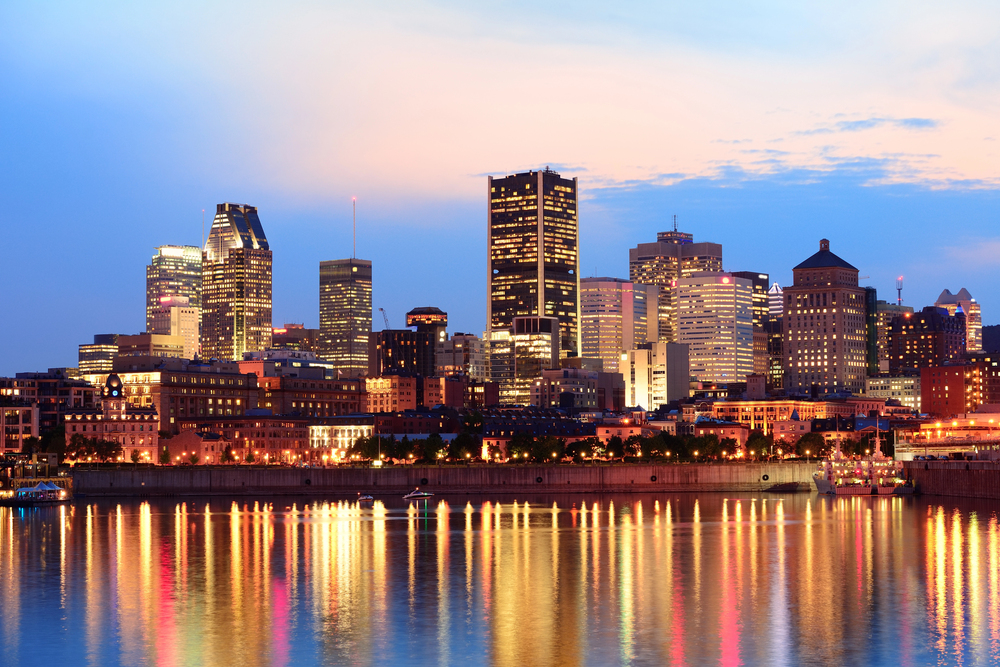
Montreal stands out as North America’s bike-friendly city, with over 435 miles of dedicated paths. Even in the snowy winter months, many residents continue cycling. The city’s BIXI bike-sharing program makes it easy for visitors to explore landmarks like Mount Royal Park and Old Montreal.
The island city offers beautiful waterfront paths along the St. Lawrence River, perfect for casual riders. Montreal’s European-inspired layout means many neighborhoods are best discovered by bike rather than navigating one-way streets by car.
Like Travel Pug’s content? Follow us on MSN.
Singapore
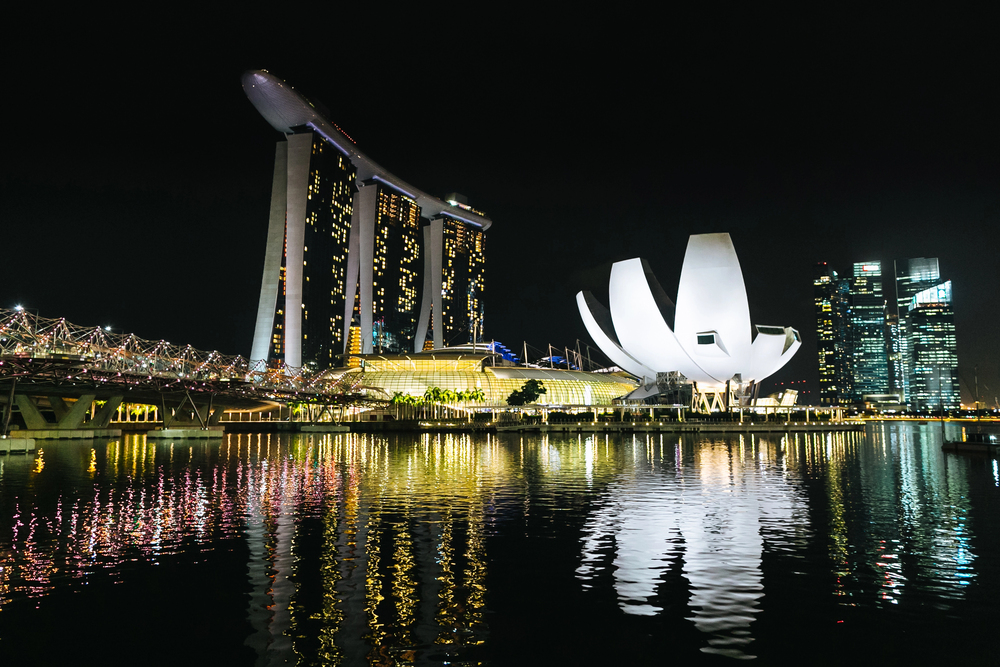
This island city-state has rapidly transformed into Asia’s most bike-friendly destination, with its Park Connector network spanning nearly 200 miles. Singapore combines urban exploration with nature as cycling paths connect its many green spaces and water features.
The city’s commitment to car-lite mobility has improved cycling infrastructure and bike-sharing options. Despite the tropical climate, early morning rides offer comfortable temperatures for exploring attractions like Gardens by the Bay and the Marina Bay waterfront.
Davis, California, USA
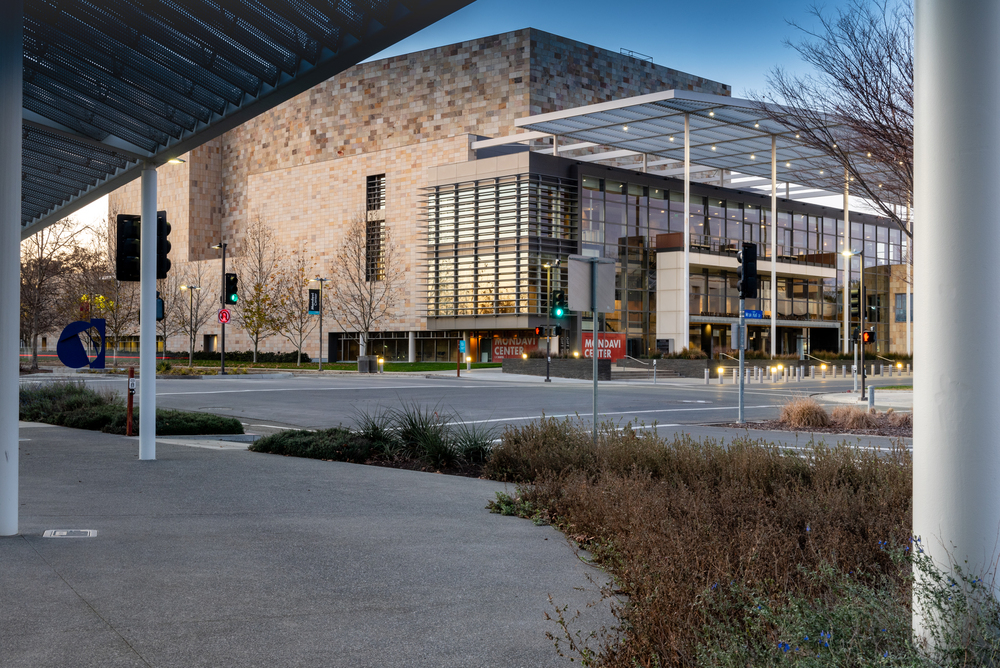
This college town has earned the nickname “Bicycle Capital of America” and has the highest percentage of bike commuters in the nation. Davis pioneered dedicated bike lanes in America in the 1960s, decades before most cities considered cycling infrastructure.
The city’s flat terrain, mild climate, and compact layout create perfect cycling conditions year-round. Davis features unique bike-only roundabouts and traffic signals specifically designed for cyclists. The university campus and surrounding farmland offer picturesque routes for riders of all abilities.
Seville, Spain
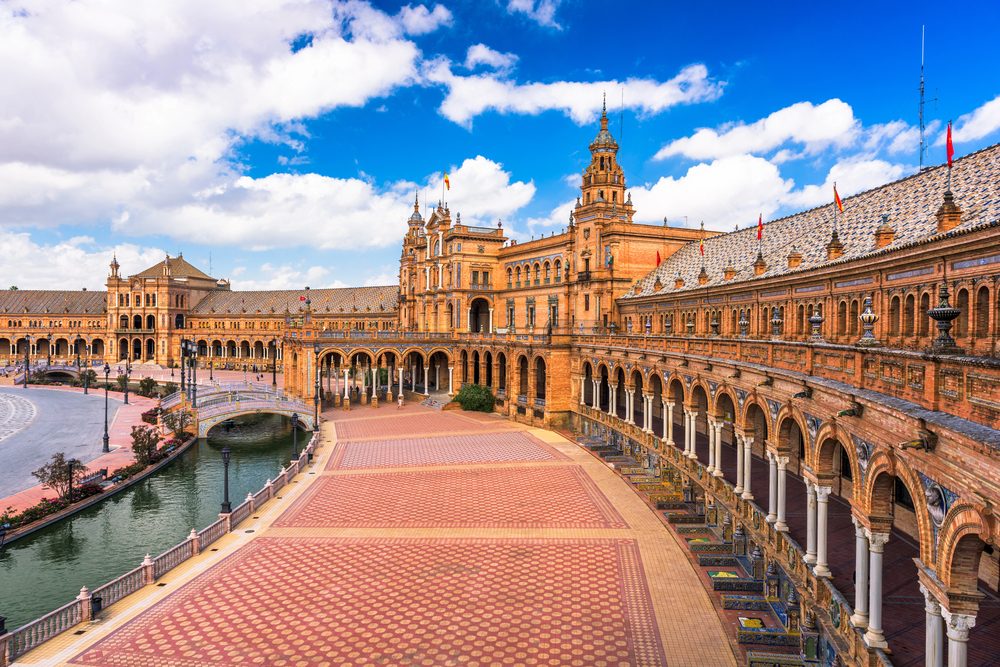
Seville demonstrates how quickly a city can transform with proper infrastructure. In just a few years, it built an 80-mile network of protected bike lanes that revolutionized urban mobility. The city’s flat landscape and narrow historic streets make biking often faster than driving.
Seville’s year-round sunshine provides ideal cycling weather, though summer afternoons can get hot. The bike routes connect major attractions like the Alcázar palace, the Cathedral, and Plaza de España, making cultural exploration seamless.
Like Travel Pug’s content? Follow us on MSN.
Taipei, Taiwan
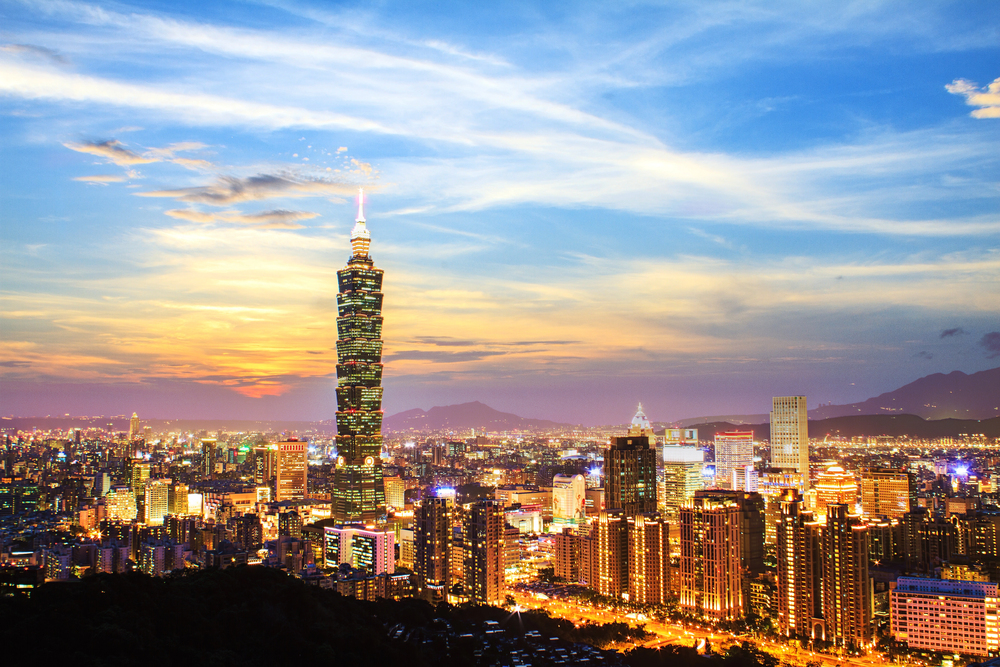
Taiwan’s capital has invested heavily in cycling infrastructure, including the popular YouBike sharing system with hundreds of stations throughout the city. The riverside bike paths offer scenic routes away from traffic, connecting various districts. Taipei combines urban exploration with natural beauty, as paths extend to surrounding mountains and coastlines.
The city’s compact core makes cycling an efficient way to navigate between night markets, temples, and modern attractions. Despite its subtropical climate, the city’s many tree-lined paths provide shade during hot months.
Boulder, Colorado, USA
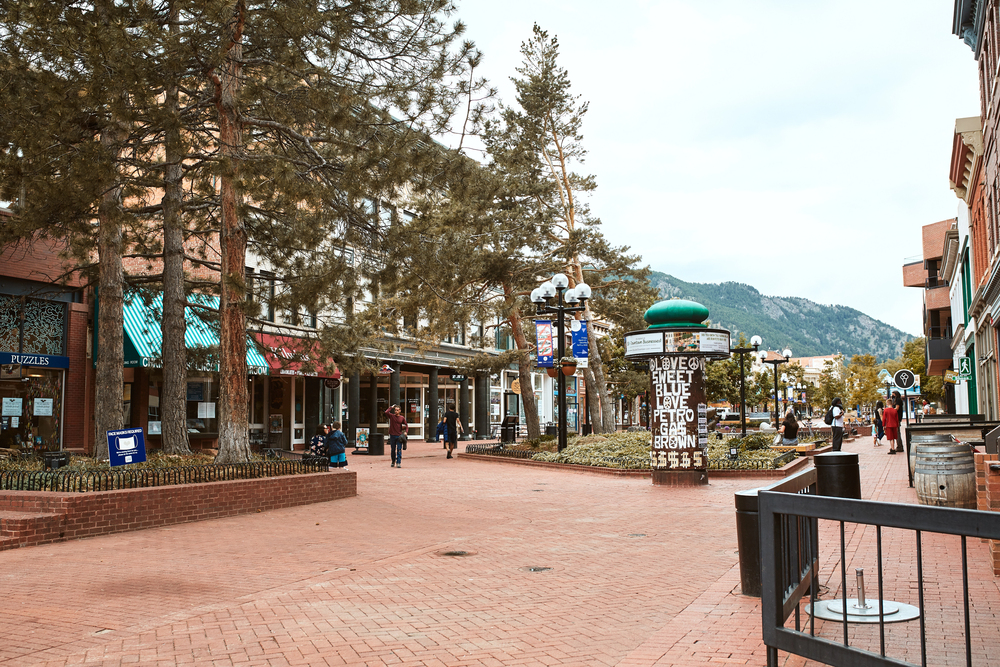
This Rocky Mountain city maintains over 300 miles of bike lanes and paths against a stunning backdrop of mountains. Boulder’s commitment to cycling includes the famous “red route” – a 5.5-mile protected path circling the city center. The city’s layout encourages car-free mobility, with most essential services accessible by bike.
While the mountain setting means some hills, the reward comes in breathtaking views and scenic trails. Boulder’s cycling culture spans commuters, mountain bikers, and road cyclists training at altitude.
Berlin, Germany
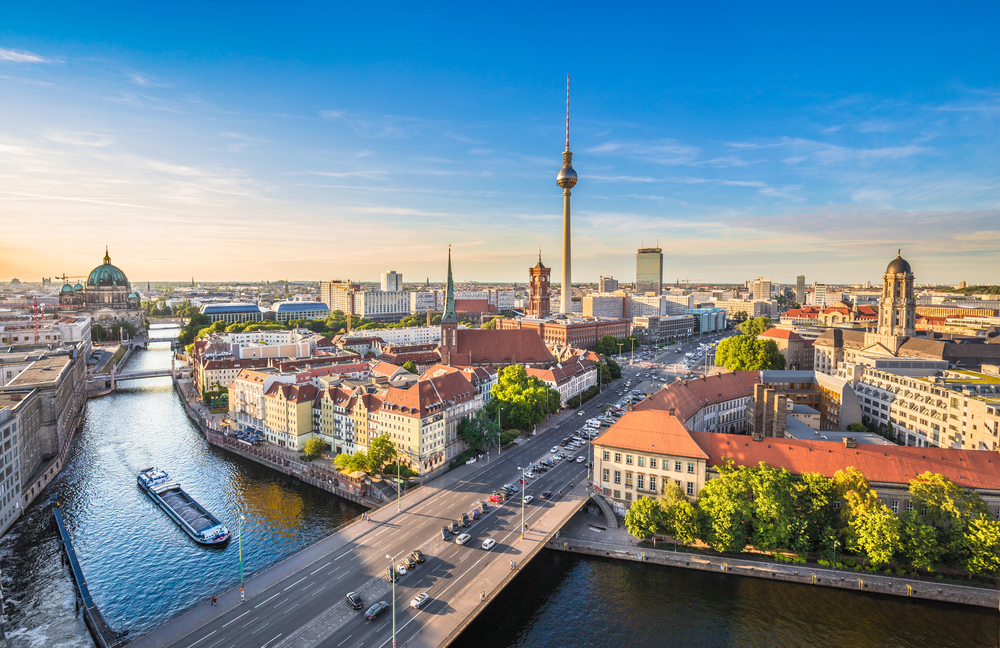
Berlin offers a flat, spacious landscape ideal for urban cycling with over 620 miles of bike routes. The city’s troubled history created unusually wide streets in many areas, now repurposed with generous bike lanes. Berlin’s expansive parks and former airfields provide car-free cycling spaces within the urban environment.
The bike-sharing system and bike-friendly public transit make it easy to cover this sprawling metropolis. Cycling allows visitors to connect the scattered historical sites from the Brandenburg Gate to the East Side Gallery more efficiently than any other mode of transport.
Like Travel Pug’s content? Follow us on MSN.
Hangzhou, China
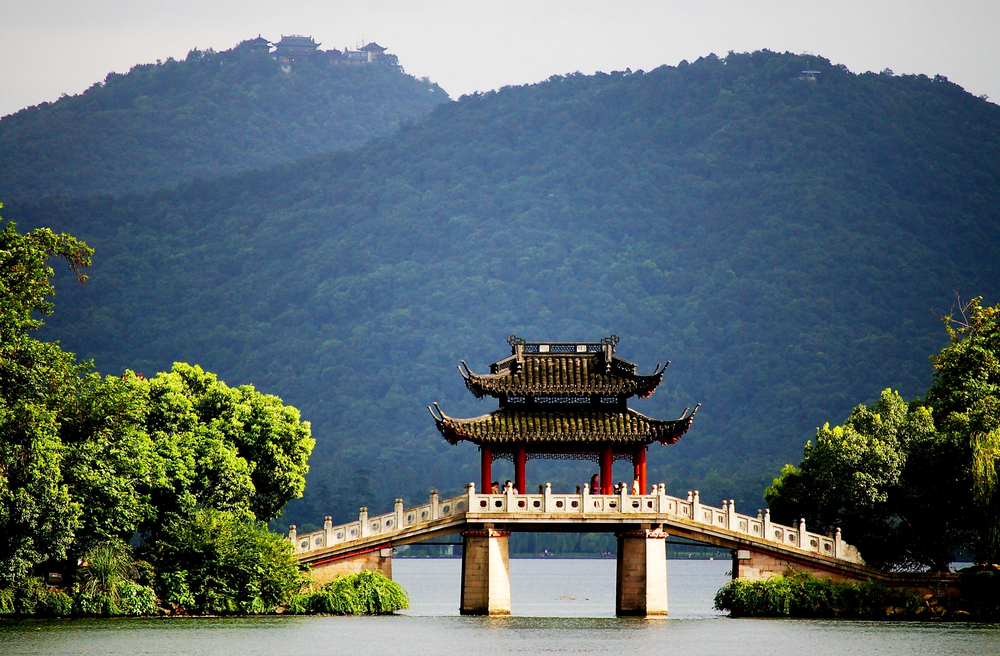
This Chinese city has implemented one of the world’s largest bike-sharing systems with over 86,000 bicycles available. The West Lake area offers stunning cycling paths circling the UNESCO World Heritage site. Hangzhou combines ancient temples and gardens with modern infrastructure designed with cyclists in mind.
The city’s commitment to green transport has created an extensive network connecting major districts. Despite being a metropolis of 10 million people, Hangzhou offers numerous car-free areas perfect for cycling exploration.
Bordeaux, France

The capital of this wine region has transformed from a car-dominated city to a cycling paradise. The flat terrain and compact historic center make exploration by bike both practical and enjoyable. Bordeaux’s V3 bike-sharing system offers standard and electric options at hundreds of stations across the city.
The revitalized riverfront features miles of scenic paths connecting major landmarks. Cycling routes extend beyond the city into the surrounding vineyards, creating perfect day trips for wine enthusiasts.
Melbourne, Australia

Australia’s cultural capital features an extensive network of dedicated bike lanes and paths throughout the metropolitan area. The city’s famous blue bike share program provides easy access for visitors and residents alike. Melbourne’s relatively flat terrain makes cycling accessible, while the grid layout helps with navigation.
The Capital City Trail offers an 18-mile scenic loop connecting major parks and waterways. Despite variable weather, Melbourne’s cycling culture remains strong year-round, with dedicated facilities like the Artcycle route connecting cultural venues.
Like Travel Pug’s content? Follow us on MSN.
Antwerp, Belgium

This Belgian port city has embraced cycling as central to its mobility strategy. Antwerp implemented extensive car-free zones in its historic center, making bikes the most practical way to explore. The city offers excellent bicycle parking facilities, especially at transit hubs. Gentle terrain and well-maintained paths connect all major districts and attractions.
Antwerp’s cycling infrastructure extends to the suburbs, with bicycle highways linking residential areas to the center. The mix of medieval streets and modern waterfront creates varied cycling experiences throughout the city.
Minneapolis, Minnesota, USA
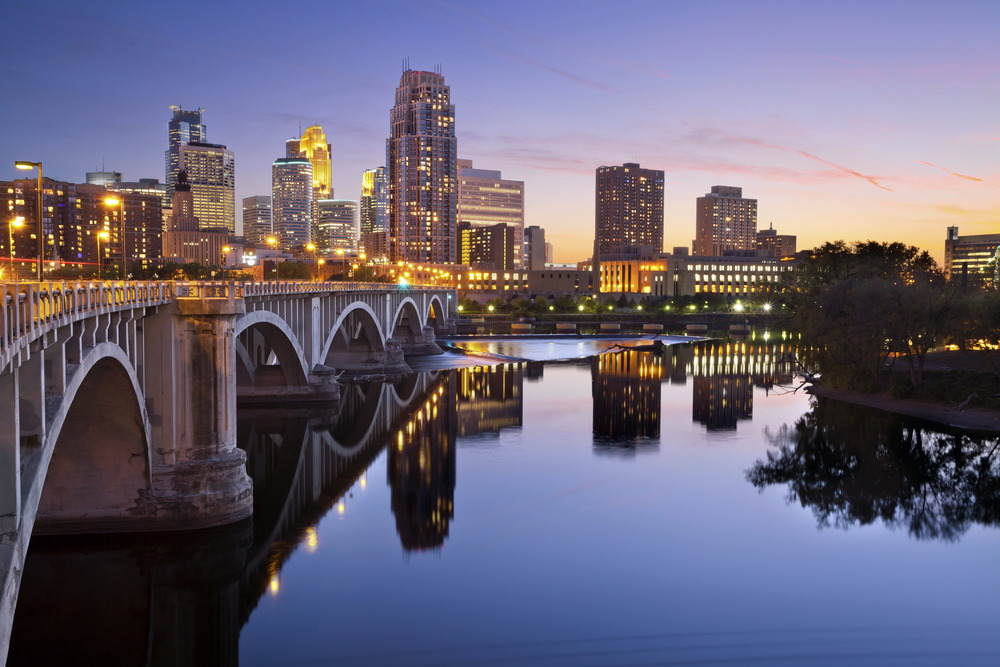
Minneapolis has created a remarkable cycling network despite harsh winters, with over 120 miles of on-street bikeways. The city’s Grand Rounds Scenic Byway offers a 50-mile urban trail system circling the city. Minneapolis features innovative infrastructure like the Midtown Greenway, a 5.5-mile former railway corridor.
The abundance of lakes and the Mississippi River provide scenic routes connecting major neighborhoods. Snow removal on bike paths demonstrates the city’s commitment to year-round cycling, making it the top-rated large US city for biking.
Helsinki, Finland
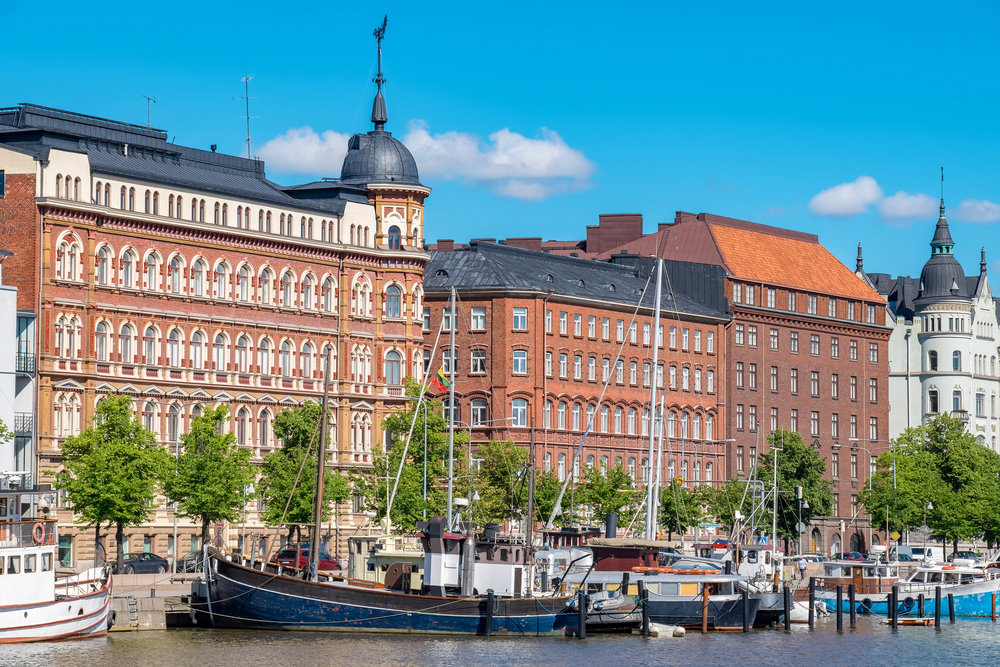
The Finnish capital has embraced cycling as part of its commitment to sustainable urban mobility. Helsinki’s network of cycling paths connects the compact city center with surrounding nature areas and islands. The city combines urban exploration with natural escapes, as bike paths extend to forests and beaches.
Even in winter, maintained routes allow year-round cycling, albeit with specialized tires. The Baana, a former railway cutting converted to a cycling highway, exemplifies Helsinki’s creative approach to cycling infrastructure.
Like Travel Pug’s content? Follow us on MSN.
Beyond the Handlebar
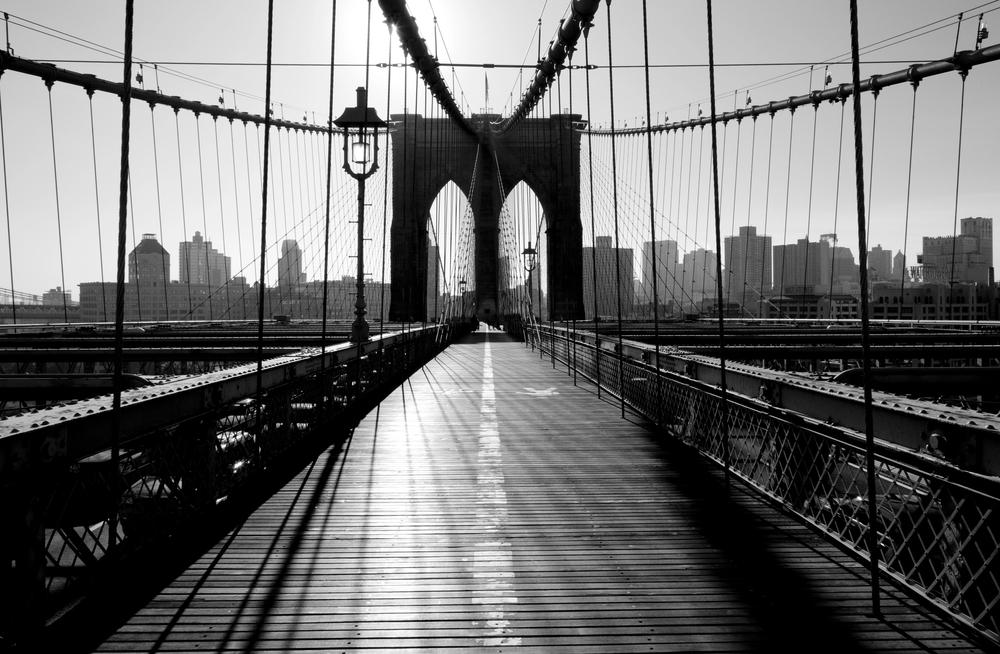
These bike-friendly cities represent a global shift toward more sustainable, human-scale urban environments. Whether you bring your bike or use increasingly sophisticated bike-share systems, these destinations offer experiences that connect travelers more intimately with local life than any tour bus ever could.
The next time you plan a city break, consider packing your cycling shorts instead of comfortable walking shoes. The world’s most bike-friendly cities await, ready to be discovered at the perfect pace—not too fast to miss the details, not too slow to cover ground—just right, at the speed of two wheels.
More from Travel Pug

- Cities Growing so Fast You Won’t Recognize Them in 10 Years
- 13 Destinations Where Tourists Regularly Regret Their Trip
- 16 U.S. Cities That Are Quietly Becoming Travel Hotspots
- Where to Travel If You Love Long Bus Rides and Daydreams
- 20 Cities Perfect for Solo Travelers Who Crave Adventure & Culture
Like Travel Pug’s content? Follow us on MSN.
